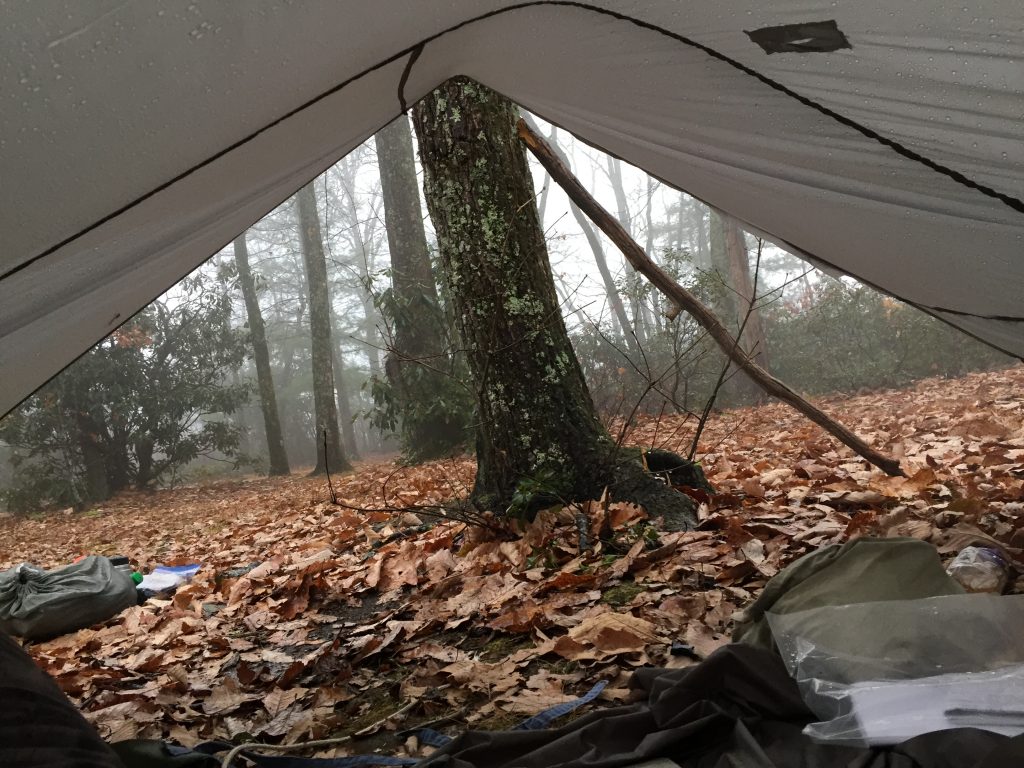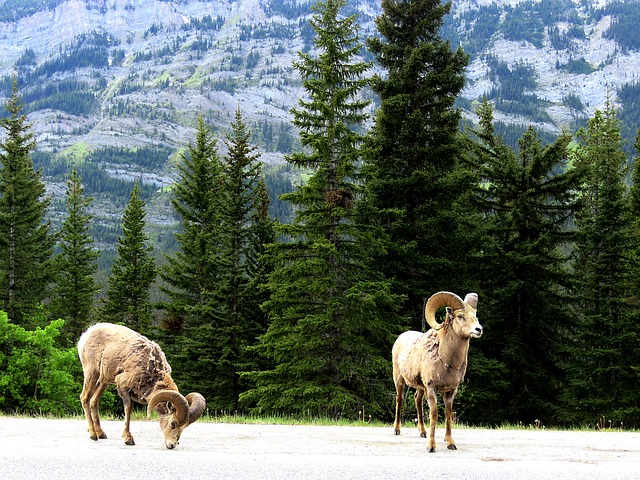It was almost by accident when I first learned about the power of wool to not only increase vitality but to up the comfort level of winter. It was at a time (late 1990s) I was well aware the outdoor community was adopting synthetics as the new best thing to stay warm. I too had turned my wardrobe into mostly synthetic. I happened to find a nice looking wool sweater at a thrift store and when I put it on, I felt a different kind of comfort. It had been a few years since I had worn wool, and so I noticed the difference. Something about wool went deeper. That experience turned me around, even before I heard anyone talk about wool. It was almost impossible to find wool at the time since the world had pretty much thrown the baby out with the bathwater in search of the newest and latest. Then I did some research and found the science behind how wool works vs. synthetics.

What they didn’t realize is we had lost our primal ability to actually feel warm because synthetics cut off the body’s innate thermo regulation process. Due to several synergistic effects, our body temperature, heart rate and blood pressure rise, when we use synthetic materials for clothing or sleeping.
As the body’s metabolism works throughout the night, perspiration is released as water vapor. Synthetic bedding and foam in mattresses trap and hold this moisture because air can’t circulate. The metals in the synthetic material (as well as mattress springs and metal bedframes) actually short out the electrical flow in our body (synthetics come from petroleum). As body heat and moisture build up, and your cells are literally having trouble breathing, your heart rate increases, which elevates blood pressure and causes shallower sleep. Also stress hormones increase like cortisol and adrenaline due to the hidden stress fight or flight reaction going on, which further stops deep sleep dead in its tracks.
Synthetic fabric stuffed with down insulates similar to how a building is insulated. However, the body is a living organism, not a static object that merely needs insulation. Our body needs BREATHABILITY. Our body has a metabolism and the skin actually breathes through cellular respiration. This releases moisture which would create a cold damp feeling if kept near the skin which synthetics and down do. But wool releases that moisture instantly through a process called heat of adsorption, keeping you dry right next to the skin and also regulating the process of body temperature so you don’t overheat.
Another reason wool feels so good is because it allows the natural flow of electricity along the skin also called Peizo Electricity. This is important for prana or vitality. Studies show static electricity builds up in the body and synthetic fabric is notorious for causing this, thus robbing electrons from our body. Wool however discharges static electricity as opposed to increasing it…thus providing a type of grounding. Grounding is also what we do when we are “Earthing”…or spending time in nature away from man made electromagnetic fields. So it makes sense to wear natural fibers when going in nature.

When you sleep, your body’s internal temperature actually drops to its lowest level of the 24 hour circadian cycle, generally about four hours after you fall asleep. Scientists believe a cooler bedroom may therefore be most conducive to sleep, since it supports your body’s natural temperature drop. The only way to have a cool bedroom is to have warm blankets/coverings.
We can all work with our edge of ‘cold’ and tweak the temperature so we are slightly uncomfortable on the cold side. As the body adapts and health improves, you keep pushing the edge colder and colder. It is a self-perpetuating healing tool. The exposure to something colder than you are used to does many things for your health. This is a therapy called “Cold Thermogenesis”. It not only stimulates metabolism and helps your thyroid, it also causes a powerful detox effect and reduces adrenaline and cortisol. I discovered as a side-benefit of my original experiment (enhanced deeper sleep). I would add the caveat that this is in general, for the healthy body. For people with compromised health, cold is not an option. In fact, this is one reason why people with health issues tend to move south.
Wool is a game changer for winter. The ideal cold weather wardrobe consists of
1) Base layers of soft merino. Wear as many as you need to match the temperature at any time.
2) More layers of sweaters.
3) Wool socks with minimalist (thin soled no support) shoes.
4) Wool scarfs, mittens and hats.
5) And it’s nice to have a wind shell when needed made from beeswaxed cotton.
I have spent the past 10 years experimenting and perfecting this natural fiber outdoor clothing wardrobe and sleep system. Part of that time was spent living outdoors full time in a tipi and also taking my designs on backpacking trips to test the carry-ability. I have showed hundreds of people how to do it and get constant reports testifying the same results I experienced. What people also realize is that, once you get your wool game figured out, you go back and look at your sleeping bag and wonder why you are using synthetic and down which kind of spoils the party.


